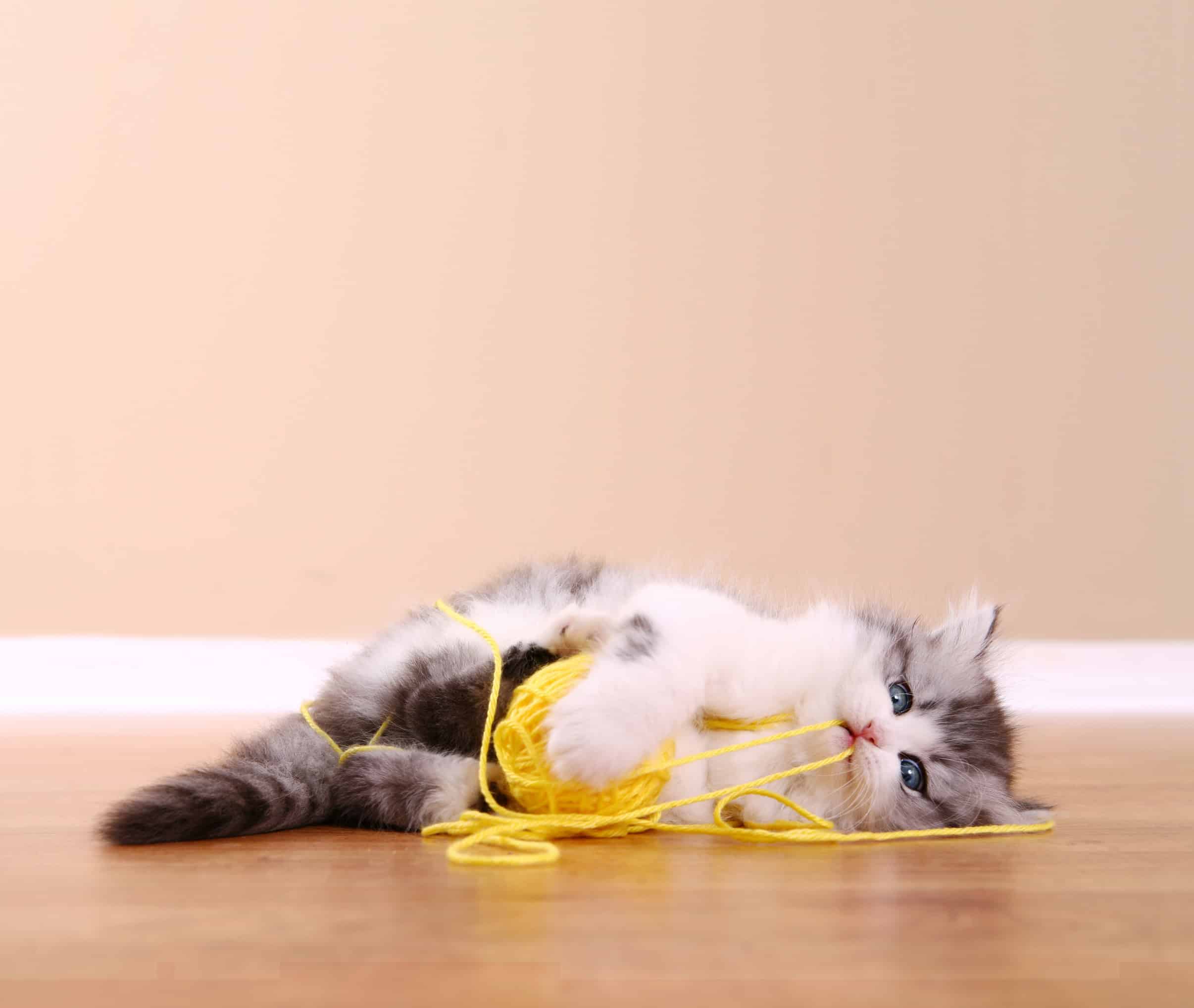A Sticky Situation: Gastrointestinal Blockages in Pets
 Pets eat all sorts of strange things. From cotton swabs to even rocks, we have seen it all. Many times (probably more than we know), these foreign objects pass through pets without any trouble whatsoever. Sometimes, though, things get stuck.
Pets eat all sorts of strange things. From cotton swabs to even rocks, we have seen it all. Many times (probably more than we know), these foreign objects pass through pets without any trouble whatsoever. Sometimes, though, things get stuck.
Learn about gastrointestinal blockages in pets and what can be done.
When Gastrointestinal Blockages in Pets Occur
Any non-food item that a pet ingests can potentially become stuck in the digestive tract. A few items, however, are common offenders on the list of gastrointestinal blockages in pets. These include:
- Cloth items like underwear, socks, or towels
- Large, food-related items, such as corn cobs or fruit pits
- String items, including ribbon, dental floss, and tinsel
- Pieces of toys and other items made of plastic or rubber
It is best to limit your pet’s contact with items like these, particularly if he or she has shown a propensity to ingest them. Keep your garbage cans secure, and be sure to take away toys that your pet wants to chew on.
When gastrointestinal blockages in pets happen, the symptoms often vary, depending on where the blockage is in the digestive tract. A pet with a blockage may exhibit decreased appetite, vomiting, diarrhea, and/or abdominal discomfort.
If the problem persists long enough or a perforation develops (such as it might with a sharp object like a bone), bacteria may begin to enter the bloodstream (sepsis). If this occurs, fever and shock may also ensue.
How We Can Help
If your pet has ingested a foreign object or is exhibiting signs that could be consistent with a gastrointestinal blockage, Rocklin Ranch Veterinary Hospital is always here to help. Often diagnostics, such as radiographs (x-ray) and ultrasound, can help us to determine if a blockage is present and how serious things are.
If something dangerous has been ingested recently, we may induce vomiting. Don’t ever do this without veterinary supervision, however, as in some situations this can cause more harm than good.
Many times, we will need to surgically intervene, retrieving the offending object(s) through an abdominal incision. This is often the most effective way to remove a gastrointestinal blockage. If excessive damage has occurred, we may need to remove diseased portions of the intestinal tract as well.
Gastrointestinal blockages in pets can turn serious quickly. If you suspect that your pet may have ingested something potentially harmful, it is an emergency situation. Don’t delay in calling us. We are happy to evaluate your pet and address any concern, no matter how big or small. The faster we are able to act, the better the outcome for all involved.

